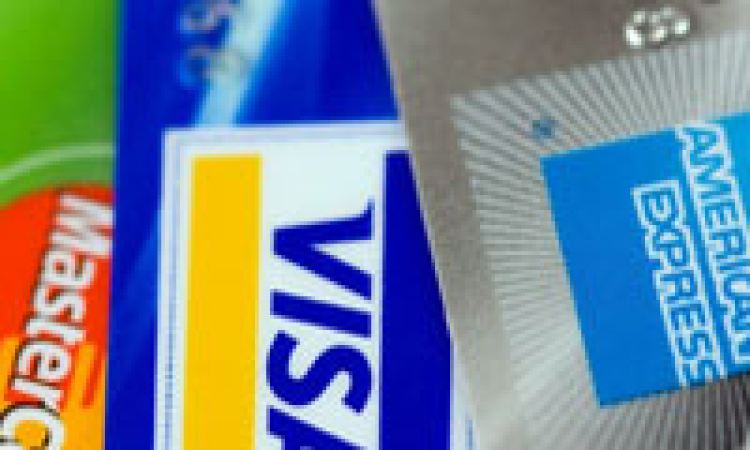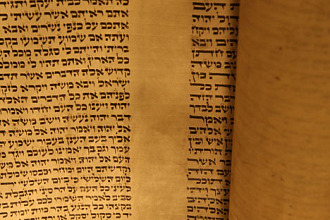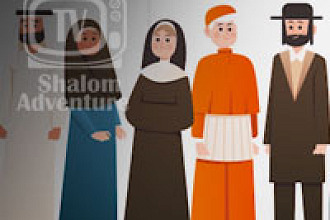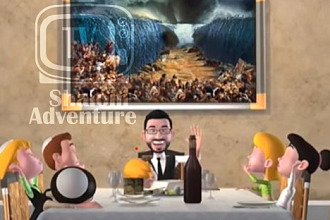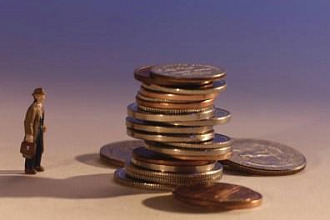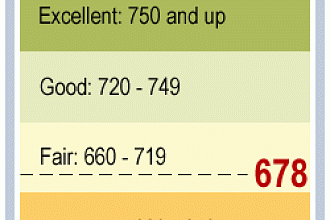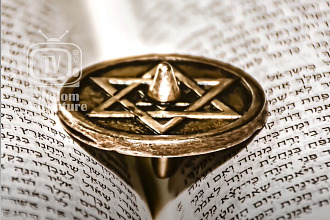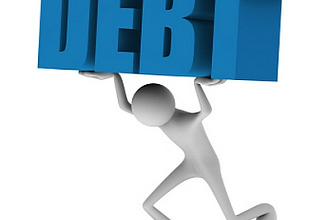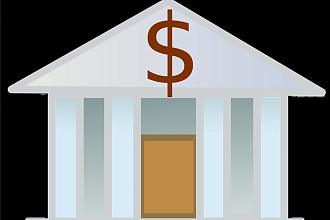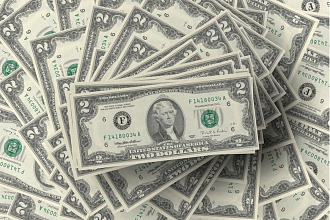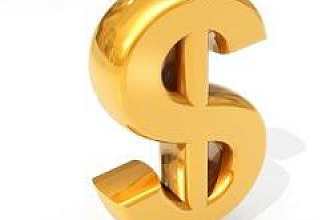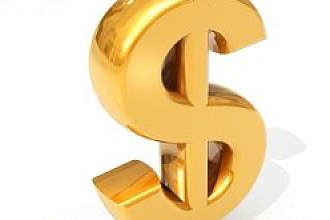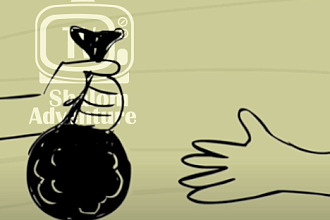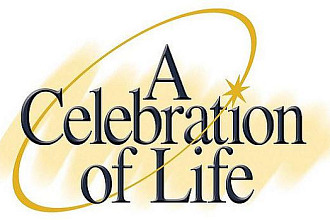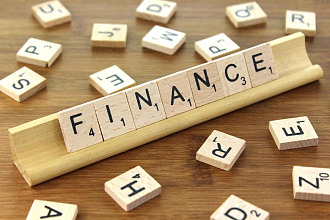For the first time in a number of years, the American Congress has recently passed new reforms for credit cards under the Credit Card Act of 2009. This month, to see if you completely understand the new rules, as well as what is happening in general concerning plastic cards, I have developed a quiz. See how many you can answer correctly.
Credit Card History
1. When did credit cards originate in the United States?
a. 1890's b. 1920's c. 1930's d. 1950's
2. Which inventor issued the first bank credit card?
a. Frank McNamara b. Charles Smiley c. John Biggins d. Fred Smith
3. Credit cards have not always been made of plastic. What following materials have never been used to make credit cards?
a. Fiber b. Metal c. Celluloid d. Plastic
Credit Cards and the New Law
4. How many days' notice does the bank need to give cardholders regarding an interest rate increase?
a. 0 days b. 30 days c. 45 days d 60 days
5. When is your credit card bill due each month?
a. 10 days after you receive your statement
b. 20 days after you receive your statement
c. 25 days after you receive your statement
d. The same calendar day of each month
6. The new credit card law limits the interest rate to:
a. No more than 12 % b. No more than 18% c. No more than 28% d. No limit
General Credit Card Questions
7. What is the average credit card debt for an American family?
a. $2,000 b. $5,000 c. $9,000 d. $12,000
8. How many credit cards does the average household have?
a. 4 cards
b. 11 cards
c. 14 cards
d. 17 cards
9. How much more will an average individual spend using a credit card, rather than cash?
a. 10% b. 20% c. 30% d. 40%
College Students and Credit Cards
10. What is the average balance a college student carries on their credit card?
a. $2,800 b. $3,700 c. $5,300 d. $7,800
11. At approximately what age can a college student apply for a credit card?
a. 18 b. 20 c. 21 d.23
12. How many college students have a credit card?
a. 23 % b. 45% c. 67% d. 78%
Credit Card Companies
13. What percentage of credit card income originates from their numerous penalties?
a. 18% b. 23% c. 27% d. 35%
14. How much did the credit card companies collect in late fees in 2009?
a. $4.8 billion b. $7.4 billion c. $11.7 billion d. $14.8 billion
Here is an Extra Question:
What is the monthly minimum you have to pay on your credit card?
a. 2% b. 2.5% c. 3% d. 4%
1. Answer: The correct answer is b. Individual United States firms, such as oil companies
and hotel chains, began issuing their own credit cards to their customers and clients. If you choose a., that references back to credit cards in Europe, according to the Encyclopedia Britannica. If you chose c., American companies began to accept each other's cards around
1938. If you chose d., the first Diners Club card was issued that year.
2. Answer: The correct answer is c., John Biggins of the Flatbush National Bank of Brooklyn, New York. If you chose a., he was the founder of the Diners Club card.
3. Answer: All have been used to make credit cards.
4. Answer: The correct answeris c. Be aware, however, that during the last ten months the banks have quietly sent notices, converting most cards to a variable rate, which requires no notice for such a change. The correct answer for most credit card holders is a.
5. Answer: The correct answer is d.
6. Answer: The correct answer is d. Hold on to your hat! Premier Bankcard recently unveiled a card with 79.99% interest.
7. Answer: The correct answer is c.
8. Answer: The correct answer is c.
9. Answer: The correct answer is c. A good example is when a person buys his or her lunch at a restaurant; ordering a drink and an entrée for cash. But if using a credit card, they would purchase an appetizer or a dessert, which would be a third more.
10. Answer: The correct answer is a. However, if you guessed d., you would have been correct for 10 % of college students.
11. Answer: The correct answer is c. However, students before this year could have applied for a credit card their first day of college. Please note that under the new law, students must have a cosigner.
12. Answer: The correct answer is d.
13. Answer: The correct answer is d.
14. Answer: The correct answer is d.
15. Answer: The correct answer is d.

